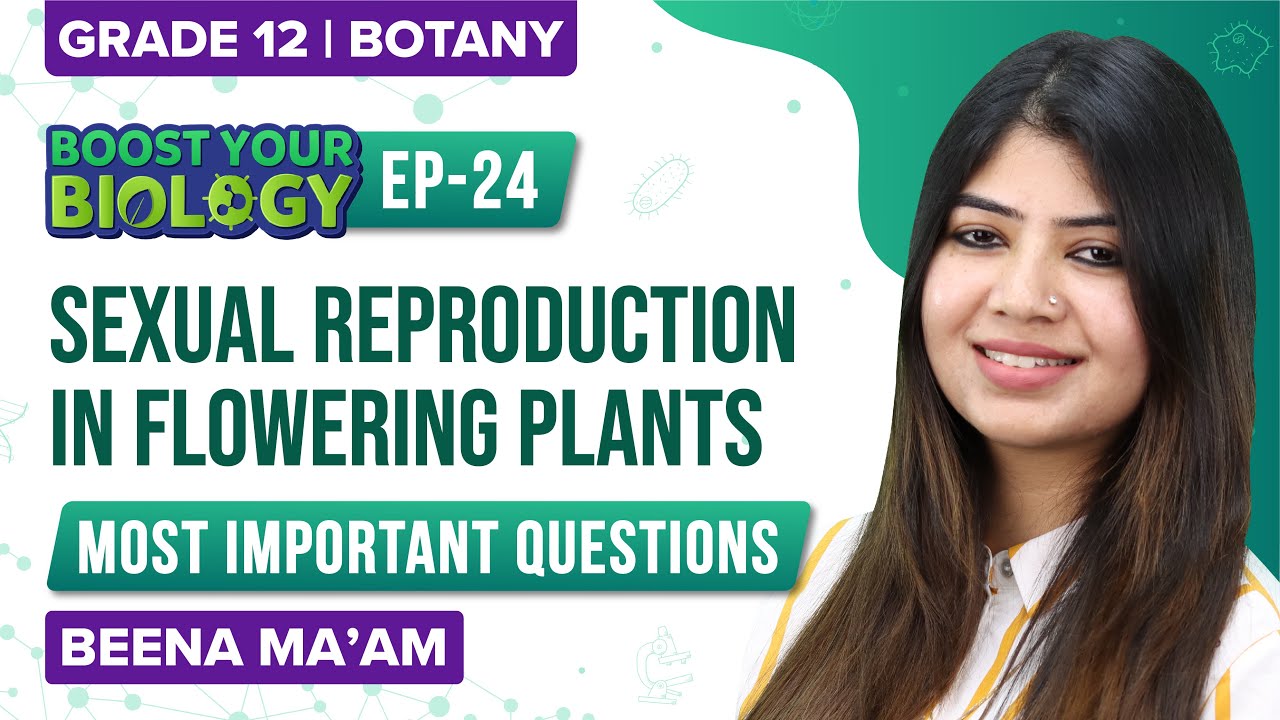Male gametophytes are represented by Pollen grains. Each of these grains has a two-layer wall: the hard outer layer referred to as the exine comprising sporopollenin and the thin inner layer, which is referred to as the intine.
Download the Complete Guide to NEET UG Prep
Download Now
Germ pores are the regions of the exine wherein the sporopollenin is not found and assists in the formation of pollen tubes. Intine comprises pectin and cellulose. Mature pollen grains comprise two cells – generative and vegetative cells. Vegetative cells are bigger, having enough food reserves and irregularly shaped nuclei that are large.
Generative cells, on the other hand, are small, swimming in the cytoplasm of vegetative cells. In approximately 60% of angiosperms, there is shedding of pollen grains at this 2-celled stage. In the other species, generative cells are mitotically split, producing male gametes before the shedding of the pollen grains (3-celled stage).
Key Differences
- An important difference between generative and vegetative cells is that vegetative cell generates tube cells while the generative cells give rise to two sperm cells at the time of development of pollen.
- While vegetative cells are involved in the production of pollen tubes, the sperms yielded from generative cells are involved in fertilization.
- While generative cells are reproductive in nature, vegetative cells are non-reproductive.
Vegetative cells
- These are non-reproductive cells.
- They form the pollen tube after the pollen lands on the flower’s stigma.
- These are involved in delivering the male gametes into the embryo sac.
- The cells convert them into long tube-like structures and, in comparison to generative cells, are larger.
Generative cells
- How are generative cells produced? Microspores, through the process of asymmetric cell division, produce generative cells.
- Once cell division occurs, the gathering of the osmiophilic lipid droplets in the cytoplasm of vegetative cells, which line the cell walls of the generative cells, indicates the formation of the cell walls of the generative cells.
Comparison between Vegetative Cell and Generative Cell – Important Differences
|
|
|
|
|
|
|
One of the types of cells in the pollen grains involved in the formation of the pollen tube and are non-reproductive in nature. |
A type of cell in the pollen grains involved in the formation of sperms and are reproductive in nature. |
|
|
|
|
No |
Yes |
|
|
|
|
Larger compared to generative cells |
Smaller in comparison to vegetative cells |
|
|
|
|
Absent |
Present |
|
|
|
|
Lesser quantity |
Higher quantity |
|
|
|
|
Dormant |
Active participation in division |
|
|
|
|
Comparatively more acidic |
Comparatively less acidic |
|
|
|
|
Large |
Small |
|
|
|
|
Involved in the formation of a pollen tube to pass the male gametes to the embryo sac. |
Formation of male gametes |
These were some important differences between Vegetative cells and Generative cells. For related information on NEET, visit BYJU’S.
Recommended Video:
Sexual Reproduction in Flowering Plants Class 12 Biology(Ep 24) | NEET 2022 Exam Important Questions

Other important comparison articles for NEET: